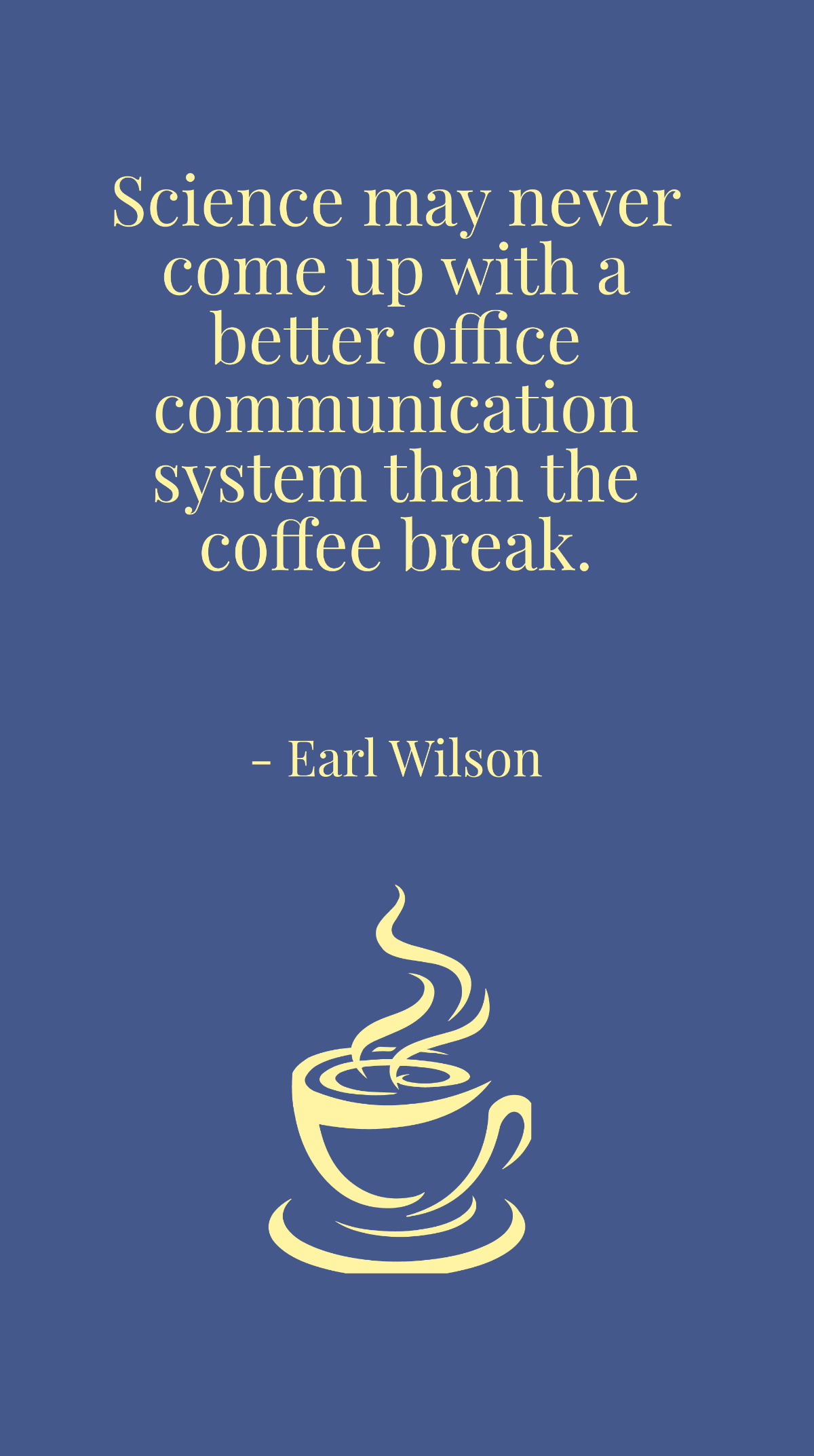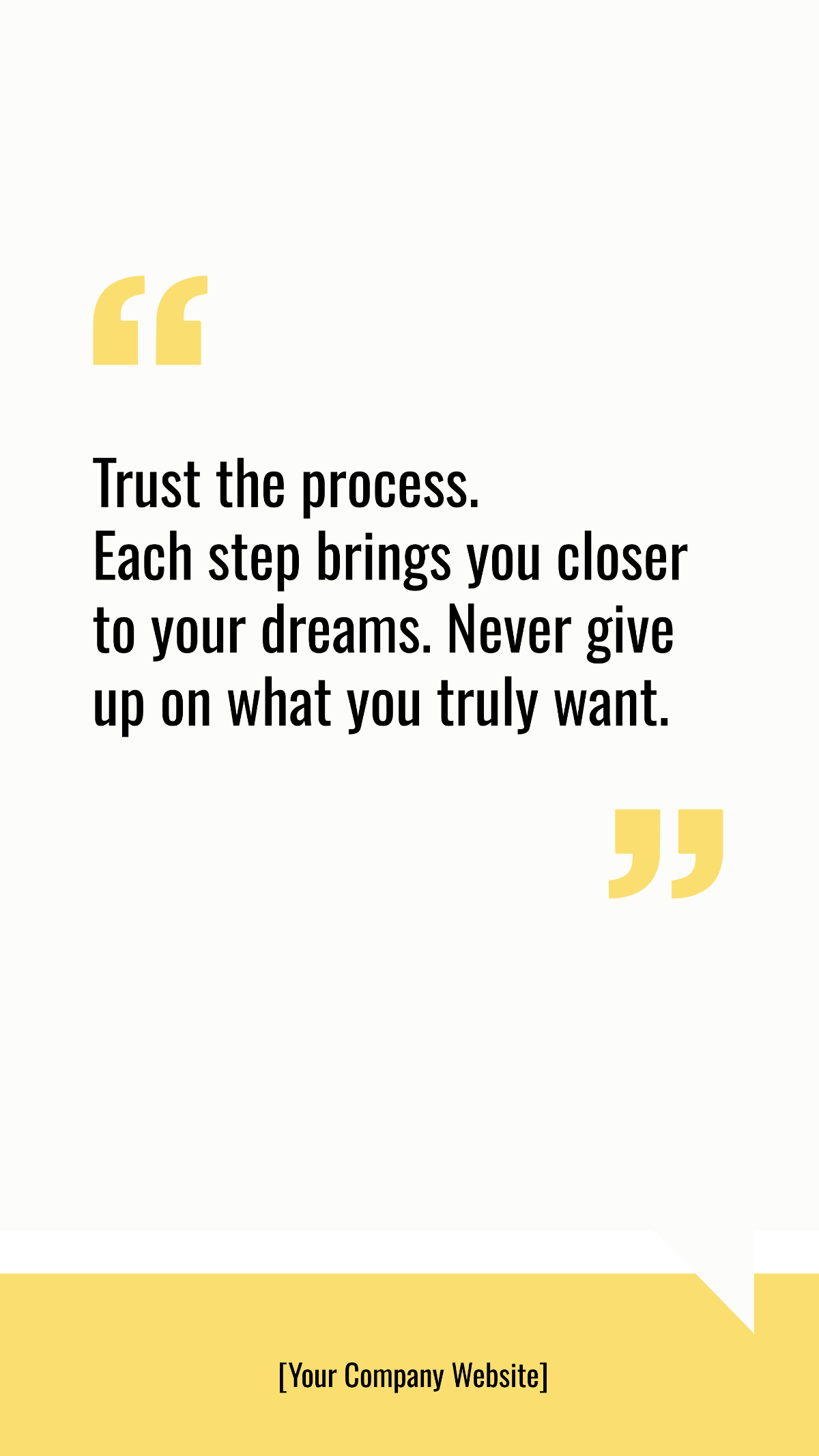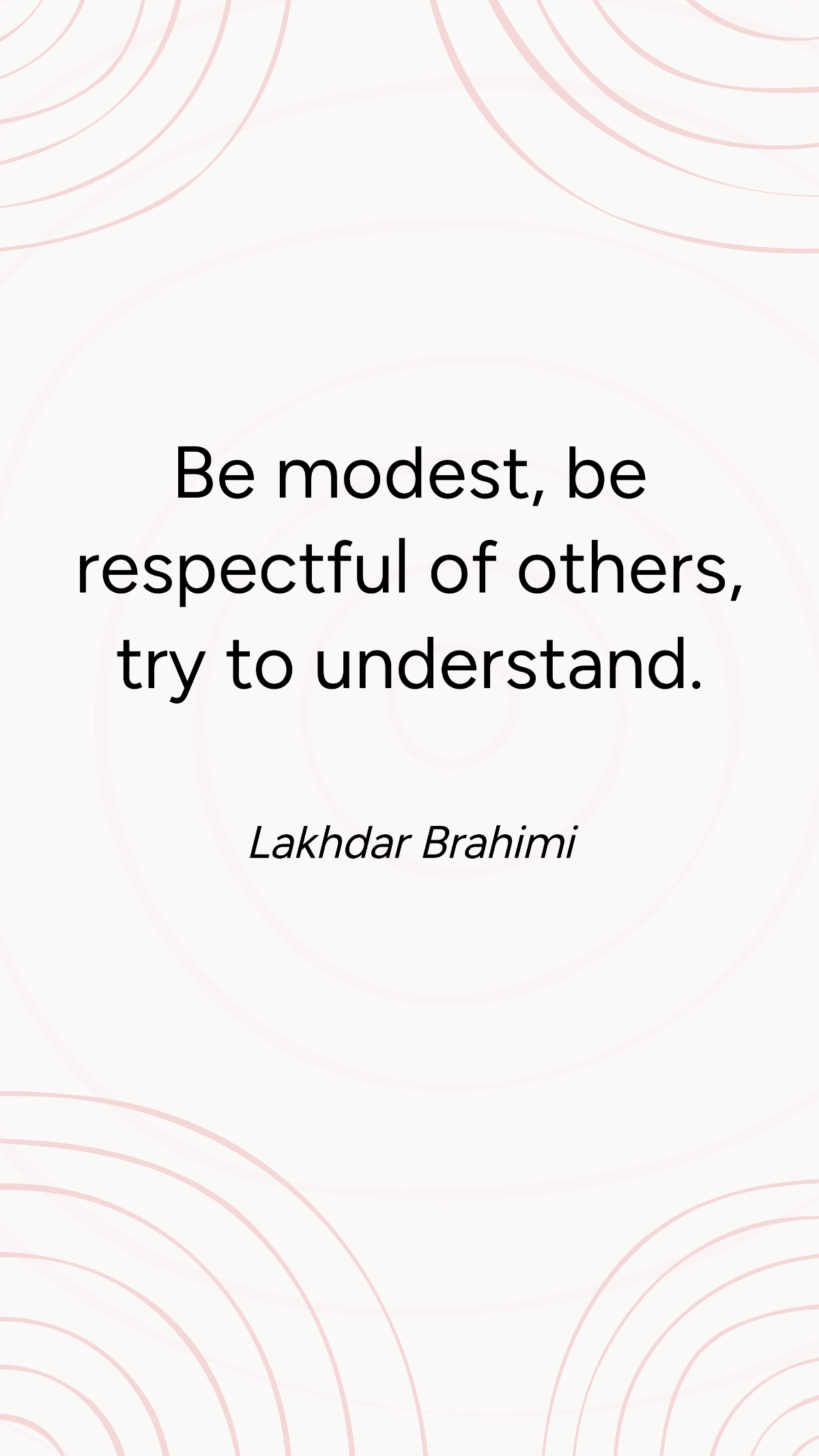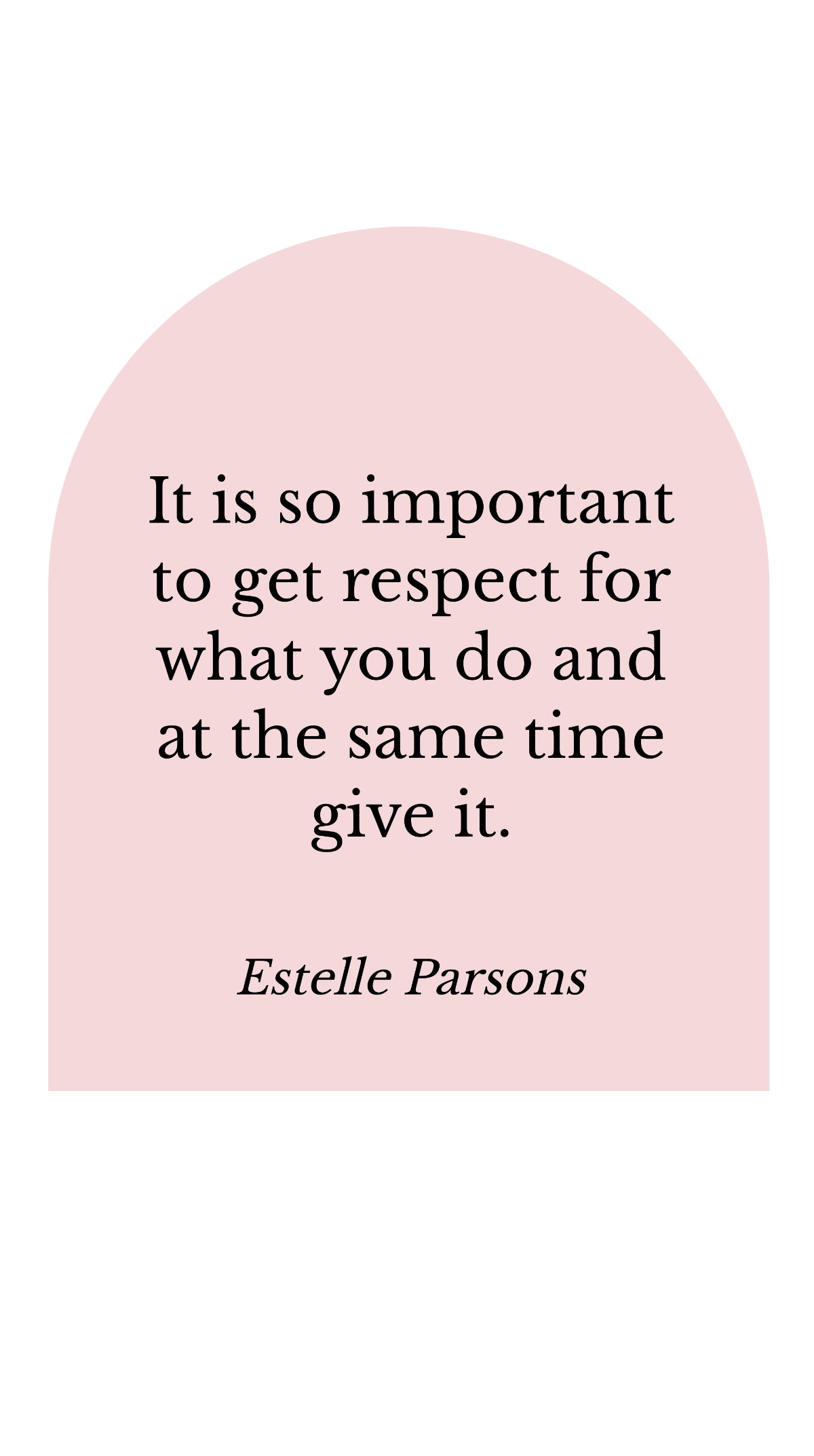Sales Quote Preparation Manual
1. Introduction
In the dynamic and competitive world of commerce, where first impressions can make or break a deal, sales quotes stand as the gatekeepers to successful transactions. A sales quote is a powerful document that encapsulates not only the essence of what we offer as a clothing brand but also the commitment and professionalism we bring to the table. This detailed introduction aims to shed light on the fundamental aspects of sales quotes: their purpose and the paramount importance of accuracy.
1.1 Purpose of Sales Quotes
Sales quotes serve as more than just pieces of paper or digital documents. They are the very foundation upon which meaningful transactions are built. The primary purpose of a sales quote is to formalize our engagement with potential customers by presenting a comprehensive proposal of our products or services. This proposal, in turn, allows customers to make informed decisions based on clear, detailed information.
Sales quotes enable us to:
Provide Clarity: They articulate the specifics of what we offer, including product details, pricing, and terms. This clarity aids customers in understanding precisely what they will receive.
Facilitate Decision-Making: Quotes empower customers to evaluate our offerings against their needs and budgets, empowering them to make informed choices.
Establish Commitment: By delivering a formal quote, we express our commitment to fulfilling the customer's needs as outlined in the proposal, which can foster trust and confidence.
Legal Protection: Sales quotes can serve as legal documents that protect both parties' interests by defining terms and conditions, payment schedules, and expectations.
1.2 Importance of Accuracy
While the purpose of sales quotes is multifaceted, none of these objectives can be achieved without one essential element: accuracy. Accuracy is the cornerstone of every successful sales quote, and it is a reflection of our dedication to professionalism and customer satisfaction.
Here's why accuracy is paramount:
Builds Trust: An accurate quote demonstrates integrity and reliability, fostering trust between us and our customers. Trust is the bedrock of long-term customer relationships.
Avoids Misunderstandings: Inaccurate quotes can lead to misunderstandings, disputes, and customer dissatisfaction. These issues not only harm our reputation but can also result in financial losses.
Enhances Professionalism: An accurate quote showcases our professionalism and attention to detail. It positions us as a brand that cares about meeting customer expectations.
Streamlines Operations: Accurate quotes reduce the likelihood of errors in order processing, which can save time, effort, and resources in the long run.
In conclusion, sales quotes are not just documents; they are the bridges that connect our brand with its customers. Understanding their purpose and the critical role of accuracy equips us to navigate the competitive landscape effectively and build lasting, mutually beneficial relationships with our valued customers. In the subsequent sections of this manual, we will delve deeper into the processes and best practices for creating impeccable sales quotes that reflect the excellence of our brand.
2. Quoting Process
A well-structured and systematic quoting process is essential for delivering accurate and compelling sales quotes. This section of the Sales Quote Preparation Manual outlines the key steps in the quoting process, focusing on gathering essential customer and product information.
2.1 Customer Information
Complete Customer Details
Before creating a sales quote, it is imperative to ensure that you have complete and accurate customer information. This information is not only vital for personalizing the quote but also for establishing a strong foundation for a lasting customer relationship. Here's what you should gather:
Process | Details |
|---|---|
Name | Record the customer's full name, including any titles or prefixes. |
Contact Information | Obtain their contact details, including phone number and email address, ensuring you can easily reach out for any clarifications or updates. |
Billing Address | Collect the correct billing address to generate accurate invoices. |
Shipping Address | If different from the billing address, gather the shipping address to ensure smooth order delivery. |
2.2. Preferences and Requirements
Understanding the customer's preferences and specific requirements is key to tailoring the quote to their needs. During your interactions, inquire about any preferences or special requests, such as:
Requirements | Details |
|---|---|
Style Preferences | Determine their clothing style preferences (e.g., casual, formal, trendy) to suggest products that align with their tastes. |
Sizing | Ask about their clothing sizes, ensuring that the items you propose will fit perfectly. |
Customizations | If applicable, inquire if they require any customizations, such as embroidery, alterations, or special designs. |
2.3. List of Products or Services
The heart of the sales quote lies in the products or services being offered. It's crucial to compile a comprehensive list that outlines what the customer will receive. Here's how to handle this:
Product Names: Clearly state the names or codes of the products being quoted. Ensure that there is no ambiguity in identifying the items.
Product Descriptions: Provide concise but informative descriptions of each product, highlighting key features, materials, and benefits.
Quantities: Specify the quantities of each product to be included in the quote.
Sizes, Colors, and Variations: If applicable, note the sizes, colors, and any variations for each product.
Images or References: Include images or references from our catalog to help customers visualize the products. This can be especially valuable for online or remote sales.
In summary, the quoting process is a critical stage in our sales journey. By diligently gathering accurate customer information and presenting detailed product information with transparent pricing, you pave the way for successful, trust-building interactions with customers. This process not only ensures the accuracy of our sales quotes but also enhances the customer's perception of our brand's professionalism and commitment to meeting their unique needs.
3. Communication
Effective communication is the linchpin of successful sales, and it plays a pivotal role in creating compelling sales quotes. In this section of the Sales Quote Preparation Manual, we delve into three essential aspects of communication: professionalism, clarity, and timeliness.
3.1 Professionalism
Maintain a Polite and Respectful Tone
Always approach customers with a courteous and respectful attitude, both in written and verbal communication. Treat every interaction as an opportunity to build a positive and lasting impression. This includes:
Using polite language and addressing customers by their titles and names.
Avoiding confrontational or offensive language, even in challenging situations.
Practicing active listening to understand and acknowledge customer concerns.
3.2 Clarity
Use Plain Language
Complex jargon or technical terms can confuse customers. Ensure that your communication is easy to understand by:
Using plain, everyday language to explain concepts or terms.
Providing explanations or clarifications when necessary.
Avoiding acronyms or industry-specific terms unless you are certain the customer is familiar with them.
3.3 Timeliness
Quick Response Times
A key aspect of customer service is responding promptly to customer inquiries:
Aim to respond to customer queries and quote requests within a reasonable timeframe, ideally within 24 hours.
If you need more time to gather information or provide a detailed response, acknowledge the query and provide an estimated response time.
4. Template Usage
Consistency in the presentation of sales quotes is essential to maintain our brand's professionalism and credibility. In this section of the Sales Quote Preparation Manual, we explore the importance of using a standard quote template and the process for customizing quotes to meet individual customer needs.
4.1 Standard Quote Template
Our brand provides a standardized quote template that should be used for all sales quotes. This template is designed to ensure uniformity and professionalism in our communication with customers. Here's how to effectively utilize it:
Methods | Details |
|---|---|
Access the Template | Ensure you have access to the latest version of the standard quote template, which can be obtained from our centralized document repository or sales tools. |
Consistent Formatting | Maintain consistent formatting, fonts, and colors as outlined in the template. This consistency reinforces our brand identity. |
Fill in Essential Information | Populate the template with customer details, product information, pricing, and terms. Use clear and concise language to communicate these elements. |
Check for Completeness | Review the template to make sure all necessary information is included and there are no omissions. |
5. Legal Considerations
Legal considerations are a crucial aspect of preparing sales quotes. They protect both our brand and our customers by defining the terms, conditions, and responsibilities associated with the transaction. In this section of the Sales Quote Preparation Manual, we detail the essential legal components that should be included in every sales quote: Terms and Conditions, Payment Information, and a reference to our Privacy Policy.
5.1 Terms and Conditions
Terms and conditions must be a standard and integral part of every sales quote. They establish the legal framework within which the transaction takes place. Ensure that they are presented to the customer, either within the quote document or as an attached document.
Key Elements to Include
When crafting terms and conditions, consider the following key elements:
Payment Terms: Specify the payment method(s), due dates, and any late payment penalties or charges.
Delivery Timelines: Clearly outline the expected delivery or shipment dates and any associated conditions.
Return and Refund Policies: Define the procedures for returns, exchanges, and refunds, including any time limits or conditions.
Warranty Information: If applicable, provide details on product warranties and any associated terms and conditions.
Liability and Dispute Resolution: Outline how disputes or issues will be resolved, including any clauses related to arbitration or mediation.
Cancellation Policies: Explain the process and any potential charges associated with order cancellations.
Intellectual Property: Clarify ownership and usage rights for any intellectual property, such as logos or custom designs.
Force Majeure: Include a clause that covers unforeseeable events or circumstances that may impact the fulfillment of the contract.
5.2 Payment Information
The payment information section should provide clarity on how the customer is expected to make payments for their order. This includes:
Accepted Payment Methods: Clearly state the payment methods we accept (e.g., credit cards, bank transfers, PayPal).
Billing Information: If necessary, include billing details such as our company name, address, and tax identification number.
Payment Due Date: Specify the due date for payment to avoid any ambiguity.
Currency: Indicate the currency in which payments should be made, especially if dealing with international customers.
5.3 Privacy Policy
By data protection regulations, every sales quote should include a reference to our Privacy Policy. This reference informs customers about how their personal information will be collected, used, and protected. It's crucial for building trust and complying with privacy laws.
Include a statement such as "By accepting this quote, you acknowledge and agree to our Privacy Policy," with a link to the full Privacy Policy document.
6. Follow-up
Follow-up activities play a critical role in the sales process, helping to solidify customer relationships, gather feedback, and continuously improve our sales practices. In this section of the Sales Quote Preparation Manual, we outline two vital aspects of follow-up: Customer Follow-Up and Sales Team Feedback.
6.1 Customer Follow-Up
After sending a sales quote, prompt follow-up is essential to keep the momentum going and address any customer questions or concerns:
Process | Details |
|---|---|
Initial Acknowledgment | Within 24 hours of sending the quote, acknowledge its receipt and express gratitude for their interest. This reassures the customer and demonstrates professionalism. |
Answer Questions | Be prepared to answer any questions or provide clarifications regarding the quote. Ensure that your responses are prompt, clear, and helpful. |
Address Concerns | If the customer expresses concerns or hesitations, actively listen and address their issues. Offer solutions or alternatives as needed. |
6.2 Implementing Improvements
Based on feedback from the sales team, take concrete steps to implement improvements in the quoting process:
Template Updates: If necessary, make updates to the standard quote template to address identified issues or enhance clarity.
Training Programs: Develop training programs or resources to equip the sales team with the skills and knowledge they need.
Process Streamlining: Streamline the quoting process based on team feedback, eliminating unnecessary steps or bottlenecks.
7. Conclusion
The Sales Quote Preparation Manual is not just a document; it's a testament to our brand's commitment to excellence, professionalism, and customer-centricity. As members of [Your Company Name], you are not just sales representatives; you are brand ambassadors, tasked with delivering exceptional experiences and nurturing lasting customer relationships.
We encourage you to internalize the principles outlined in this manual, striving for continuous improvement and customer delight in every sales quote you prepare. Our brand's success depends on the passion, dedication, and commitment of each team member.
Thank you for your role in upholding the values and standards of [Your Company Name]. By following these guidelines and embodying the spirit of excellence, you contribute to our brand's continued growth and the satisfaction of our valued customers.

















































